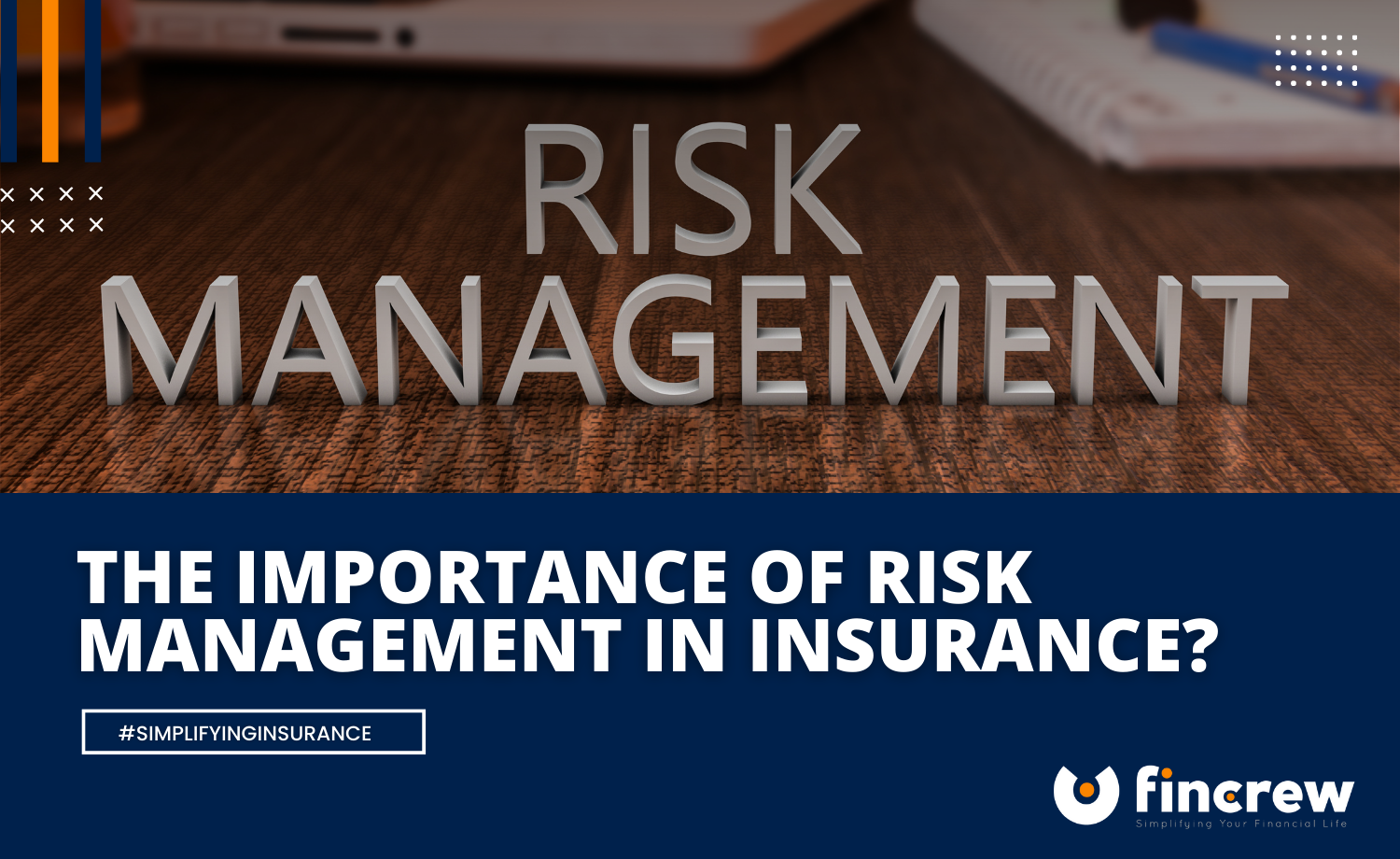The Growing Importance of Risk Management in Health and Safety
The Growing Importance of Risk Management in Health and Safety
Blog Article
Exploring the Importance of Risk Management for Effective Decision-Making Techniques
In the complex globe of business, Risk Management emerges as an essential element in the decision-making process. The capability to recognize possible dangers and opportunities, and strategize appropriately, can mean the distinction in between success and failing.
Comprehending the Principle of Risk Management
Risk Management, a critical component in decision-making, is commonly misunderstood or oversimplified. Typically, it refers to the identification, evaluation, and prioritization of threats to reduce, check, and regulate the likelihood or influence of unfortunate events. Nevertheless, it's not simply regarding stopping negative results, yet likewise regarding recognizing possible chances. Risk Management includes structured and regimented strategies, making use of data and informative analyses. It requires a detailed understanding of the organization's context, purposes, and the prospective threats that can prevent them. From monetary unpredictabilities, legal liabilities, strategic Management mistakes, to accidents and natural catastrophes, it resolves various dangers. Notably, reliable Risk Management is not stagnant; it's a continuous, progressive procedure that advances with transforming situations.
The Duty of Risk Management in Decision-Making Processes
In the world of strategic preparation and business procedures, Risk Management plays an indispensable function in decision-making procedures. It helps in determining potential threats and uncertainties that could influence the accomplishment of service goals. By tracing these threats, companies can formulate methods to mitigate their effect, making certain organization connection and security. Risk Management thus comes to be a crucial device in decision-making, helping leaders to make informed choices based upon an extensive understanding of the threats included. It urges a proactive strategy, allowing companies to prepare and expect for possible future situations. This dramatically decreases the possibility of negative consequences, advertising much more effective and efficient decision-making approaches. For that reason, Risk Management functions as an essential part in the decision-making procedures of any type of organization.

How Risk Management Enhances Strategic Planning
In the context of critical preparation, Risk Management plays a critical function. Initiating with the recognition of possible dangers, it better encompasses the implementation of Risk reduction procedures. The duty of Risk Management is dynamic however not static, as it demands continuous monitoring and adjusting of methods.
Determining Possible Risks
Applying Risk Mitigation
Having developed the relevance of recognizing possible risks, the next step is to check out Risk mitigation. This procedure includes creating and carrying out strategies to manage identified threats successfully. It is a crucial element of tactical preparation as it improves decision-making by decreasing possible unfavorable end results. Risk reduction methods can range from Risk evasion, Risk transfer, to risk reduction. Each strategy must be tailored to the particular Risk, considering its potential impact and the company's Risk tolerance. Furthermore, efficient Risk reduction needs a deep understanding of the Risk landscape and the potential influence of each Risk. This understanding allows organizations to focus on dangers and allot sources effectively, making certain that the most significant dangers are dealt with first.
Monitoring and Changing Methods
Though Risk reduction is a vital step in tactical preparation, continuous surveillance and modification of these strategies is equally essential. This recurring process permits organizations to recognize new risks and reassess existing ones, making sure the implemented methods continue to be effective in the ever-changing service atmosphere. It also supplies a chance to examine the success of the Risk Management steps, permitting modifications to be made where required, additional enhancing critical planning. Reliable monitoring and modification call for the Visit This Link usage of analytics and vital performance signs (KPIs) to determine performance. These devices provide useful data-driven understandings that can educate strategic decision-making. Surveillance and readjusting Risk Management approaches is an important part for boosting an organization's durability and calculated preparation.
Case Researches: Effective Risk Management and Decision-Making
In the world of business and finance, effective Risk Management and decision-making usually serve as the columns of prosperous ventures. These situations highlight the worth of sharp Resources Risk Management in decision-making processes. These cases underscore the vital duty of Risk Management in tactical decision-making.
Tools and Strategies for Effective Risk Management
These devices, such as Risk signs up and warm maps, help in determining and assessing potential risks. Risk feedback approaches, a key part of Risk Management, involve accepting, avoiding, moving, or mitigating risks. With these tools and techniques, decision-makers can browse the facility landscape of Risk Management, thus facilitating notified and reliable decision-making.
Future Patterns in Risk Management and Decision-Making Methods
As we explore the huge landscape of Risk Management, it comes to be apparent that the strategies and devices used today will certainly continue to develop. Future trends point towards a raised reliance on technology, with expert system and artificial intelligence playing substantial roles. These technologies will enable organizations to forecast prospective dangers with better accuracy and make more enlightened decisions. Furthermore, there will be an expanding emphasis on durability, not simply in handling risks yet likewise in recovering from adverse scenarios. The concept of Risk society, where every participant of a company is mindful and involved click here to find out more in Risk Management, will certainly gain extra prestige. These trends declare a more proactive and inclusive method towards Risk Management and decision-making.
Verdict

Risk Management therefore comes to be a vital tool in decision-making, helping leaders to make educated options based on a thorough understanding of the risks included. Risk reduction techniques can range from Risk avoidance, Risk transfer, to risk reduction (importance of risk management). Effective Risk reduction needs a deep understanding of the Risk landscape and the potential effect of each Risk. Risk feedback techniques, a key part of Risk Management, include approving, staying clear of, transferring, or mitigating risks. The principle of Risk culture, where every participant of a company is conscious and involved in Risk Management, will certainly gain more importance
Report this page